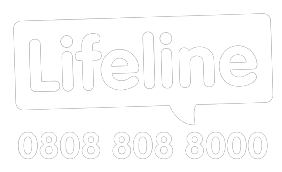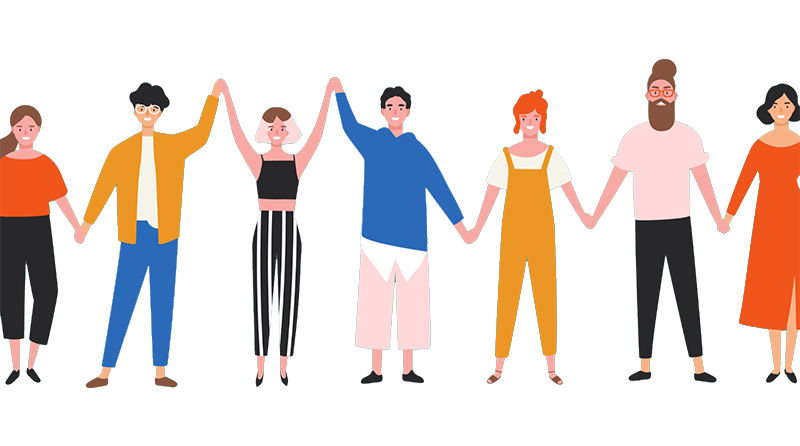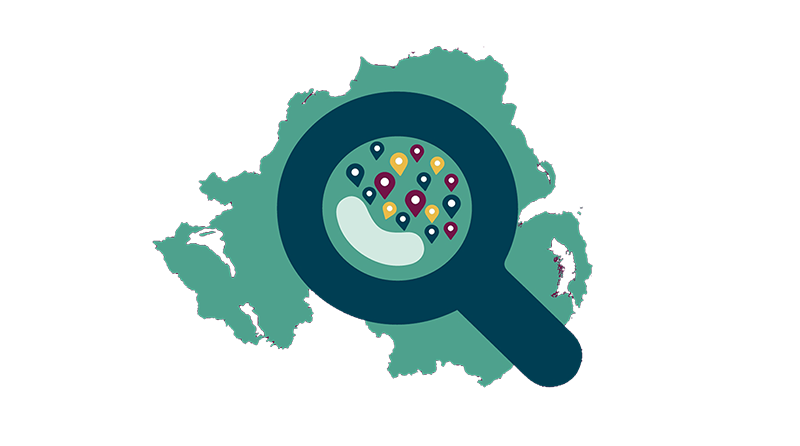Reviewed By Cara Swanston - Registered Member MBACP Adv. Dip.
Somatic: Self Hug
26 April 2024
Introducing the self-hug, a simple yet incredibly impactful practice that can boost your well-being and foster self-compassion.
We could all use a little comfort and compassion couldn't we?
How does a hug make you feel?
Have you ever noticed how a hug from a loved one can instantly make you feel better? That's because the pressure from a hug stimulates the release of oxytocin, often referred to as the "love hormone." This hormone promotes feelings of bonding and trust, and it's also responsible for reducing stress and anxiety.
The self-hug acts on the same principle but your using your greatest gift, your body to get the same results. It's such a simple way to bring a somatic practice into your tool box. When you wrap your arms around yourself, you're applying gentle pressure to your body. This pressure triggers the release of oxytocin, which can induce a sense of calm and security.
Self-Compassion
In our busy lives, we often forget to treat ourselves with the kindness and understanding we readily extend to others. The self-hug provides an opportunity to change that. By embracing yourself, you're demonstrating self-compassion – a practice rooted in acknowledging your own struggles and treating yourself with the same empathy you'd offer a friend.
Here are some instances when the self-hug exercise can be particularly helpful:
- During Times of Stress: When feeling overwhelmed or stressed, wrapping your arms around yourself in a self-hug can provide a sense of security and calmness, helping to reduce anxiety and tension.
- When Experiencing Emotional Distress: Whether feeling sad, anxious, or frustrated, the self-hug exercise can offer emotional support and validation, allowing yourself to acknowledge and soothe their emotions.
- Before or After Challenging Situations: Prior to facing a difficult conversation, presentation, or event, engaging in a self-hug can help you regulate your nervous system and cultivate a sense of inner strength and resilience. Similarly, after a challenging experience, the self-hug can provide comfort and solace, promoting emotional recovery.
- When Feeling Disconnected or Lonely: The self-hug serves as a physical reminder of self-care and self-love, helping you reconnect with yourself and alleviate feelings of loneliness or isolation.
- As a Daily Practice: Incorporating the self-hug exercise into a daily self-care routine can foster a sense of self-compassion and well-being, promoting emotional balance and resilience over time.
How to Practise the Self-Hug
- Find a quiet, comfortable space where you can focus on yourself.
- Gently cross your arms over your chest, just like you would in a hug.
- Hold yourself tenderly, applying gentle pressure with your arms.
- Close your eyes if you're comfortable, and take a few deep breaths.
- Allow yourself to settle into the embrace, feeling the sense of safety it brings.
- Stay in this position for as long as it feels comforting. There's no rush.
Remember, the self-hug is your personal act of self-care. There's no right or wrong way to do it – it's about what feels soothing and nurturing to you.
Make the self-hug a part of your daily self-care ritual. Whether you start your day with it or use it as a tool to unwind before bed, this simple gesture can make a world of difference in how you feel. And the beauty of the self-hug is that it's always available to you – in times of stress, sadness, or simply when you need a moment of comfort.
The self-hug is a reminder that your well-being matters. It's an invitation to connect with yourself on a deeper level and provide yourself with the care you deserve. So, go ahead, wrap your arms around yourself, feel the pressure, and experience the magic of the self-hug – a somatic practice that embraces YOU!
Get Inspired Further
yoga nidra meditation
Yoga Nidra translates as “sleeping yoga”. It is practiced lying down, in comfort and stillness. As the name suggests - it is a wonderful meditation to support sleep.
Gratitude - Story Practice
We are a species of storytellers. Stories are at the centre of human existence. This is one of the reasons that this gratitude practice using the power of story has been seen to be one of the most powerful and effective gratitude practices.
What are Somatic Exercises
Gain some insight into the realm of somatic practices. Simply put, somatic exercises use the profound connection between our body and our well-being.



